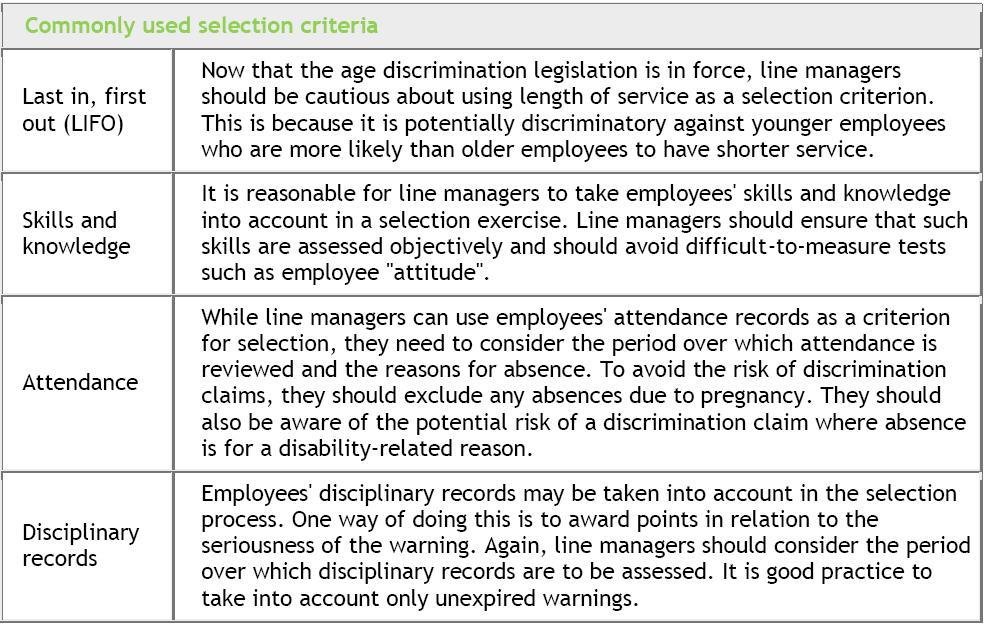Two surveys published to mark the anniversary of the introduction of shared parental leave suggest that its take-up could be around 30%, although more in-depth research is needed.
Widespread reporting that the take-up of shared parental leave was just 1% has demonstrated much of the media’s appetite for an extreme headline, but may also have hidden much higher take-up than anticipated.
Shared parental leave became available for parents of babies born on or after 5 April 2015. It allows working parents to share leave and pay, provided they qualify.
Research from My Family Care and the Women’s Business council suggested that 1% of men in the organisations surveyed – not 1% of fathers as was widely reported – had taken up the opportunity of shared parental leave.
The combined survey of more than 1,000 individuals and 200 HR directors found that opting to take shared parental leave was deeply dependant on individual circumstances, particularly on their financial situations and levels of pay on offer from employers.
The 1% figure was based on data from 200 HR directors about their organisations’ employees and was given as a proportion of all men employed, not a percentage of fathers eligible to take shared parental leave.
Of the 1,000 employees surveyed, 10% had had a baby or adopted a child in the past 12 months. Of this group, 24% of women and 30% of men said they had taken shared parental leave.
While the subset is small, another piece of research by Totaljobs among 628 respondents revealed similar findings.
Out of its 86 respondents that had a child in the past year, 31% said they are using or had used their right to shared parental leave; 48% did not use their right; and 21% said they were not eligible.
With sample sizes of new parents so low though, experts warned that it is difficult to place too much confidence in the data, although the fact the two surveys had similar figures for take-up among fathers was encouraging.
Mark Crail, content director at XpertHR, said: “If the 30% figures are correct then take-up has been higher than expected – it’s good news, not the shock-horror story that much of the media has been running about these research findings.
“The problem is, many employers simply will not know whether or not men are eligible for shared parental leave unless and until they apply. If someone’s partner has a baby and they choose not to tell their employer, they won’t show up in the records. That makes it extremely difficult to get a good overview of what’s really happening. The research should be taken with a pinch of salt.”
The two surveys also appeared to tally when respondents answered questions around what might stop parents taking advantage of shared parental leave.
In the Totaljobs research, most (85%) of those surveyed said families could not afford to take advantage of shared parental leave; 81% feared there would be an impact on their career; and 78% said that lack of awareness was a factor.
Nearly three-fifths of women (58%) and slightly fewer men (53%) said mothers preferring to be the main carer was a factor in not taking advantage of shared parental leave.
In My Family Care’s research, a factor why respondents – both mothers and fathers – had chosen not to take up shared parental leave was financial affordability, with 55% citing this as the main reason. Nearly half (47%) said it was because their partners did not want to share the leave, while a lack of awareness about the options was cited by 46% of respondents.
Of the 200 employers questioned, the majority said they enhanced maternity pay (77%) and paternity pay (65%), but just under half (47%) enhanced shared parental pay. The same number offered statutory benefits only.
An impact assessment by the Government on the introduction of shared parental leave also assumed that take up would be low (between 2% and 8%) reflecting the minimal take-up of additional paternity leave, which was introduced in 2011.

